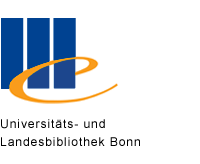The H-1B program allows skilled foreign-born individuals to work in the United States. The annual quota on new H-1B issuances fell from 195,000 to 65,000 for employees of most firms in fiscal year 2004. This cap did not apply to new employees of colleges, universities, and non-profit research institutions. Existing H-1B holders seeking to renew their visa were also exempt from the quota. Using a triple difference approach, this paper demonstrates that cap restrictions significantly reduced the employment of new H-1B workers in for-profit firms relative to what would have occurred in an unconstrained environment. Employment of similar natives in for-profit firms did not change, consistent with a low degree of substitutability between H-1B and native workers. The restriction also redistributed H-1Bs toward computer-related occupations, Indian-born workers, and firms using the H-1B program intensively.

